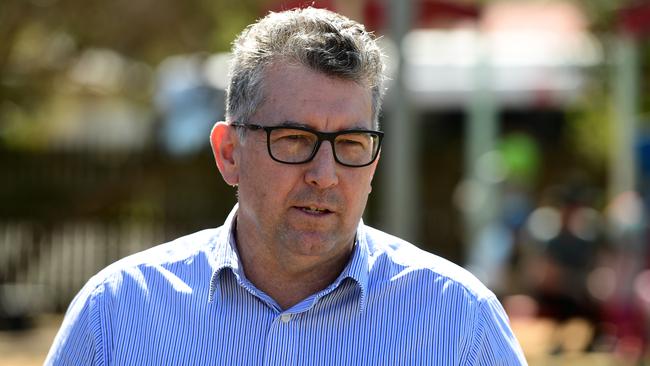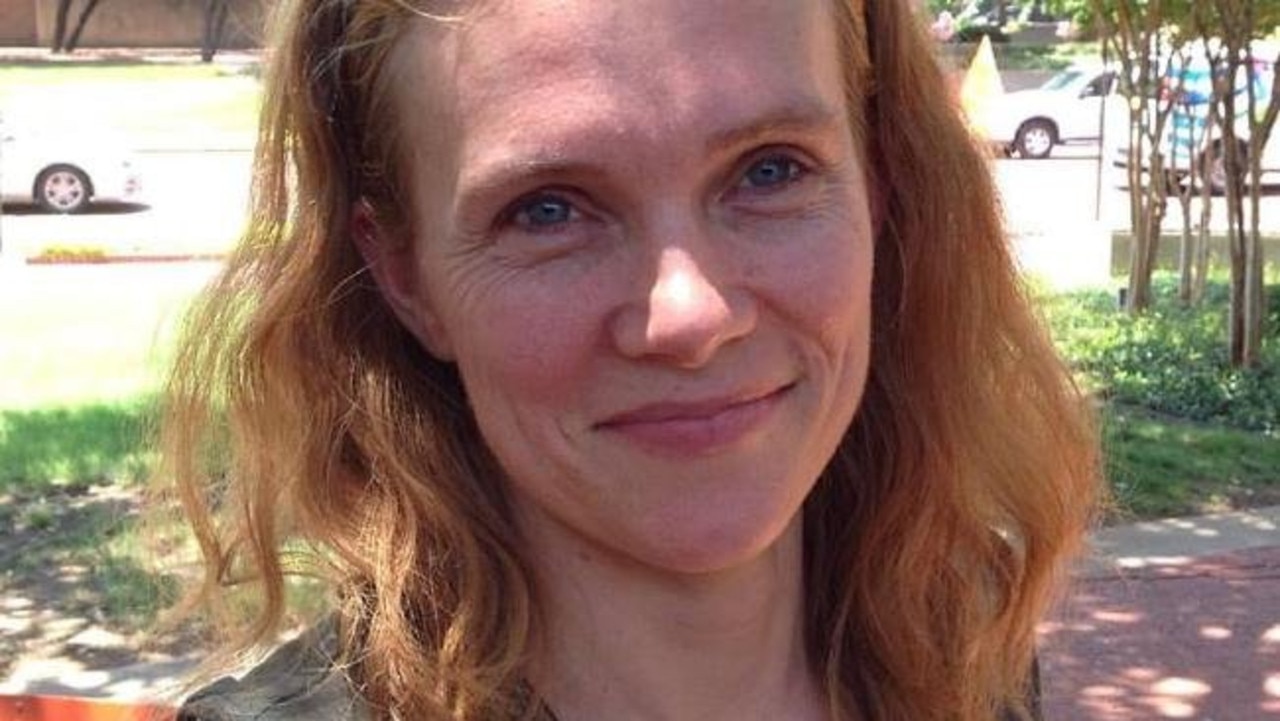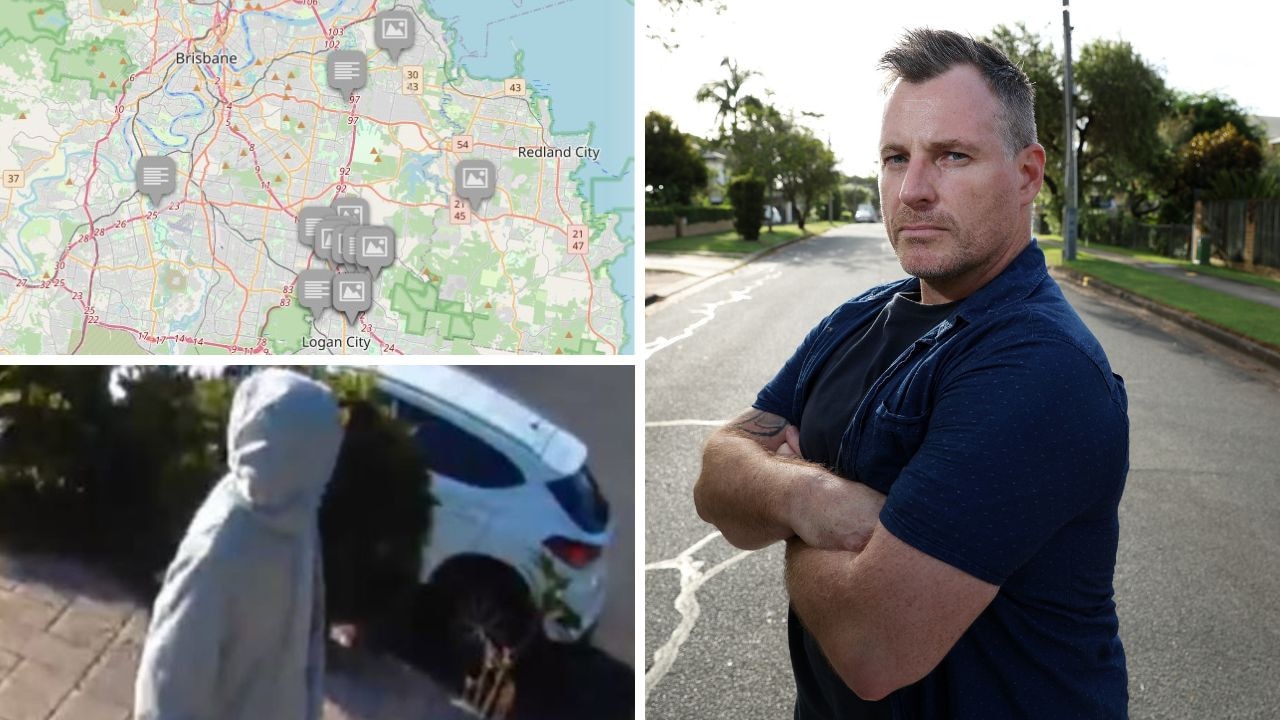Youth employment up as welfare card rolled out
The controversial cashless welfare card has been in operation in two Queensland towns for seven months – and exclusive figures reveal what has happened since then and the result is surprising.
QLD News
Don't miss out on the headlines from QLD News. Followed categories will be added to My News.
YOUTH unemployment has dropped since the cashless welfare card was introduced to Bundaberg and Hervey Bay, while the number of people in the region on welfare has fallen at double the national rate.
For the first time the impact of the controversial card can be revealed, as a push for the trial to be rolled out nationally intensifies.
The trial was rolled out in the region in January this year, the first test sites outside predominantly indigenous communities. The card quarantines about 80 per cent of dole payments so they can’t be used for drugs, alcohol or gambling.
Protests as cashless welfare card launched in Bundaberg/Hervey Bay Queensland worst state for dole abusers

Social Services Minister Anne Ruston, in Hervey Bay today, will reveal the number of people on Newstart or Youth Allowance has dropped.
In Bundaberg people on the welfare payments dropped 8.7 per cent, or by 502 people, to 5277 recipients in the past year, while in Hervey Bay there has been a 10 per cent fall to 3482 recipients. This compares to a five per cent drop of people on Newstart or Youth Allowance nationally.
Youth unemployment in the region has dropped from 19.8 per cent in January to 18.5 per cent last month.
Senator Ruston said the region was “punching above its weight” with the significant reduction in people relying on welfare payments.
“We believe the cashless debit card is supporting people to demonstrate personal responsibility for their finances, helping to encourage financial independence and addressing intergenerational welfare dependence,” she said.
There are 5746 people in the region on the CDC, while about 700 people have come off the card, either because they found work or they were suspended from welfare payments for breaching the rules.
Hinkler MP Keith Pitt said if the trial was successful it should be rolled out nationally for people under 35.

“Any number of (welfare) service providers said we had a problem with kids not being fed and money being wasted on gambling or alcohol,” Mr Pitt said.
“It’s worth making the effort and staring down the critics. I’m told the majority are having a positive experience and it’s making a difference in where their money is spent.”
There were protests when the card was first introduced, with Labor arguing it was overly punitive.
Mr Pitt said there had been had been reports of up to 1000 children a day turning up to schools unfed.
Under the system, about 20 per cent of the welfare payment goes into the recipient’s bank account, or $200 every 28 days. The other 80 per cent is quarantined to be used at stores for products and services other than alcohol, gambling or withdrawing cash, as well as at pre-approved online stores or to pay bills.


